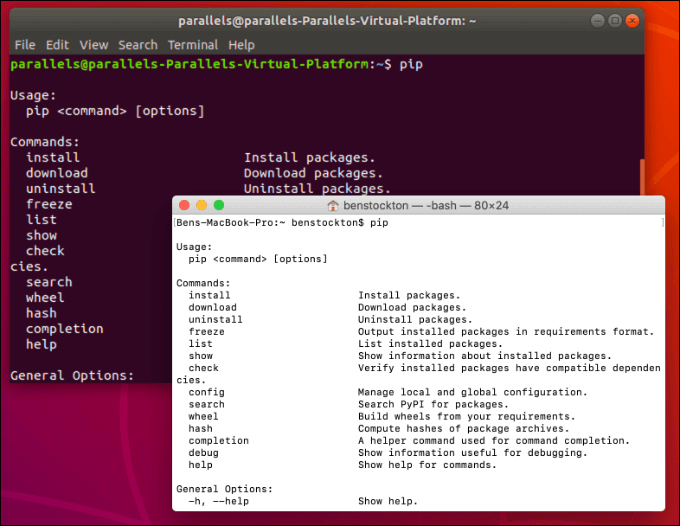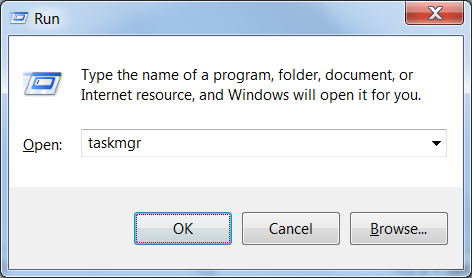

- #COMMAND LINE WINDOWS MANAGER FOR MAC HOW TO#
- #COMMAND LINE WINDOWS MANAGER FOR MAC MAC OS X#
- #COMMAND LINE WINDOWS MANAGER FOR MAC INSTALL#
- #COMMAND LINE WINDOWS MANAGER FOR MAC OFFLINE#
There are two ways to install the cf CLI using a package manager, depending on your Linux distribution.
#COMMAND LINE WINDOWS MANAGER FOR MAC MAC OS X#
You can install the cf CLI using a package manager on Mac OS X and Linux operating systems.
#COMMAND LINE WINDOWS MANAGER FOR MAC HOW TO#
These sections describe how to install the cf CLI using a package manager. Install the cf CLI Using a Package Manager Verify that your Ruby environment manager uninstalled the gem by closing and reopening your terminal. If you previously used the cf CLI Ruby gem, you must uninstall the gem before installing the cf CLI. See the README to decide which version to use. There are currently two major versions of the cf CLI, v6 and v7. To learn when cf CLI updates are released and to download a new binary or installer, see Releases in the Cloud Foundry CLI repository on GitHub. You can install the cf CLI with a package manager, an installer, or a compressed binary.įor more information about how to use the cf CLI, see Getting Started with cf CLI. The procedures in this topic describe how to install the cf CLI on your operating system. The cf CLI is the official command line client for Cloud Foundry. This topic describes how to install and uninstall the Cloud Foundry Command Line Interface (cf CLI). Install the cf CLI Using a Compressed Binary.Install the cf CLI Using a Package Manager.Rate Limit Information Returned by the Cloud Controller API.Backing Up and Restoring CredHub Instances.Using a Key Management Service with CredHub.Setting Up and Deploying CredHub with BOSH.Information for Managed Service Authors.
#COMMAND LINE WINDOWS MANAGER FOR MAC OFFLINE#




 0 kommentar(er)
0 kommentar(er)
